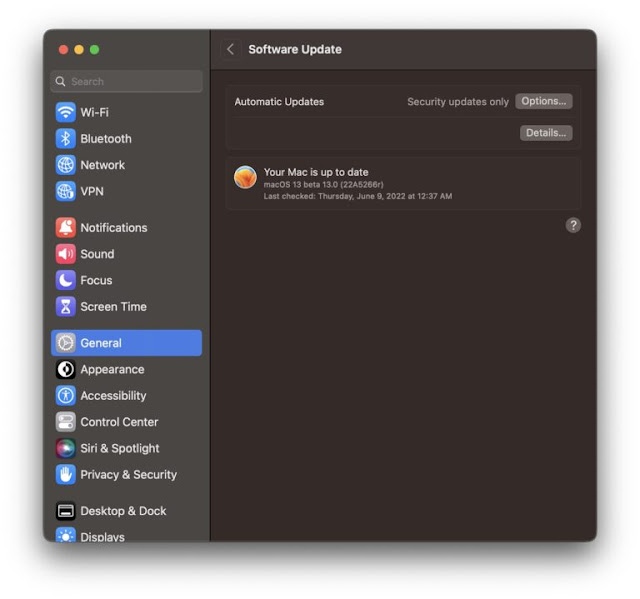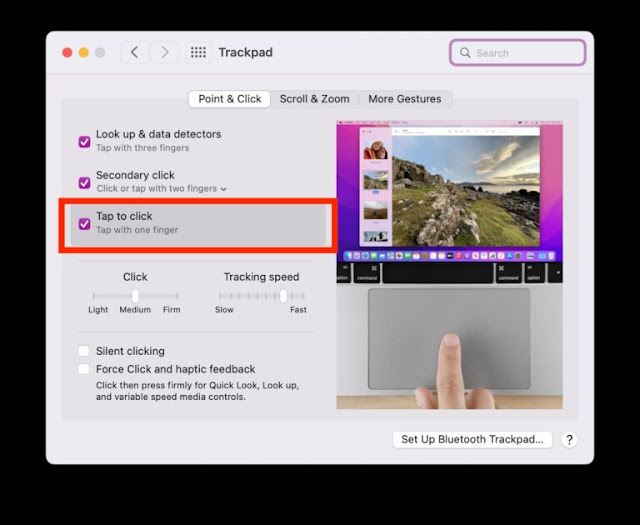As we navigate the digital age, it's hard not to be amazed by the rapid pace at which technology has advanced. From smartphones that can fit in the palm of our hands to computers that are smaller than a shoebox, innovation has transformed the way we live, work, and communicate.
In this article, we'll delve into the history of smartphones and computers, exploring their evolution, key features, and impact on society. Whether you're a tech enthusiast or just curious about the latest gadgets, this comprehensive guide is for you!The Dawn of Smartphones
Smartphones have revolutionized the way we stay connected with others, access information, and capture memories. The first smartphone, the IBM Simon, was released in 1994, but it wasn't until the iPhone in 2007 that smartphones became a mainstream phenomenon.
Since then, smartphones have become an essential tool for daily life, offering:
- Multitasking: With touch screens, keyboards, and app stores, we can perform multiple tasks simultaneously.
- Camera capabilities: High-quality cameras allow us to capture stunning photos and videos on the go.
- GPS navigation: Built-in GPS enables seamless location-based services like mapping, ride-hailing, and delivery tracking.
The Future of Technology
As we look to the future, emerging technologies like:
- Artificial Intelligence (AI): AI-powered assistants, chatbots, and machine learning algorithms are transforming industries like healthcare, finance, and customer service.
- Internet of Things (IoT): The increasing number of connected devices is creating a network of smart homes, cities, and infrastructure.
- 5G Networks: Faster data transfer rates and lower latency enable seamless communication, entertainment, and remote work.
Impact on Society
Technology has had a profound impact on society, bringing about:
- Increased productivity: Automation and AI have freed humans from mundane tasks, allowing us to focus on creative pursuits.
- Improved healthcare: Telemedicine, telehealth, and medical research have expanded access to quality care worldwide.
- E-commerce and digital payments: Online shopping has revolutionized the way we buy goods and services.
Conclusion
The evolution of smartphones and computers is a testament to human ingenuity and innovation. As technology continues to advance, it's essential to stay informed about its impact on our lives and society. Whether you're a tech enthusiast or just curious about the latest gadgets, this comprehensive guide has provided an overview of the fascinating world of smart devices.
Recommended Reading:
- "The Internet of Things" by Kevin Ashton
- "Life 3.0: Being Human in the Age of Artificial Intelligence" by Max Tegmark
- "Smartphones: The Ultimate Guide to Buying and Using Your New Phone"
Share your thoughts: What's your favorite smartphone or computer feature? How has technology impacted your life?



















